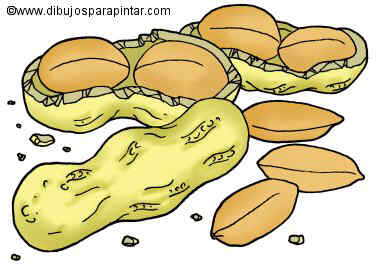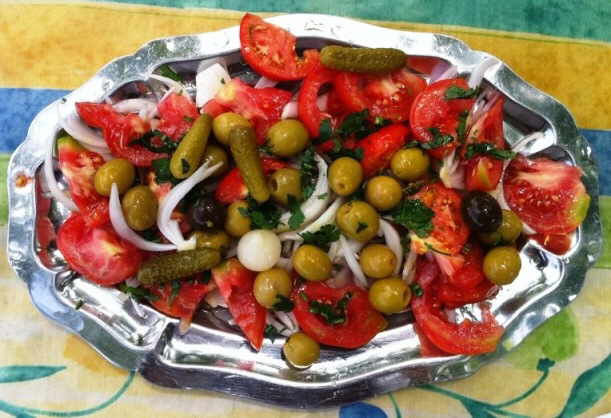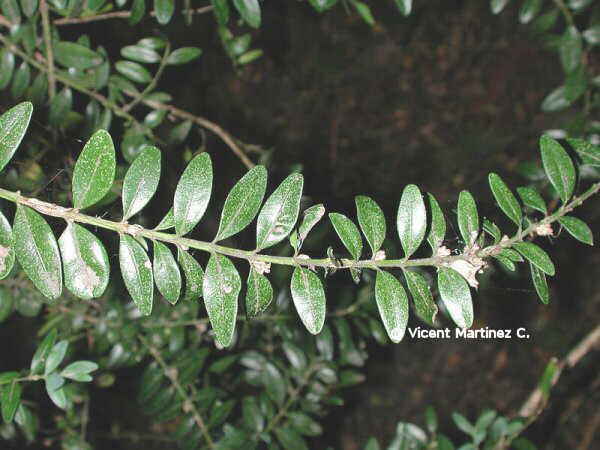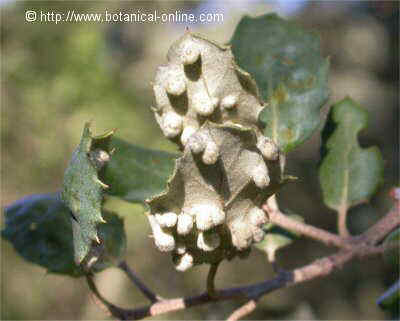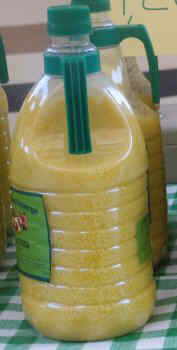Traditional uses of Cayenne pepper
Cayenne pepper was used in pre-Columbian America, along with other species of peppers. (See “Types of peppers” in the listing below)
It seems that, by then, most of the peppers were more or less spicy, but cayenne and was distinguished for being hotter than the rest.
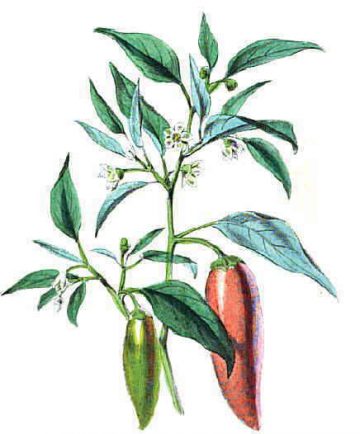
George Graves in his Hortus Médicus in 1834 writes:
“The common capsicum is a native of both the Indies and was introduced into Britain in 1596. It is of easy cultivation requiring to be raised on a hot bed and when the seedlings have attained a few inches in height to be planted in the open border where they will flower in June and July and ripen their fruit in August September or later. All the species possess the pungent property of the common kind but in greater or less excess.
The fruit of various species of capsicum is used as a condiment under the name of Cayenne pepper. The Capsicum annuum is cultivated in Britain for the purpose of pickling. Its fruit is used for this purpose both in a green and ripe state but it never acquires that pungency for which the East and West India pickles are so much valued The Capsicum frutescens is the hottest variety and from it alone the Cayenne pepper ought to be prepared”
These is not the only reference with respect to the spicy taste of peppers, including what is now known as sweet pepper (Capsicum annuus). Surely the constant selection of these plants could achieve the separation of what is currently known as two distinct varieties: sweet peppers and hot peppers, the latter also called chillies or Ajis.
John Steggall in his book “Text book of materia medica and therapeutics” of 1837 writes referring to peppers in general:
“The odour of capsicum berries is peculiar and somewhat aromatic stronger in the fresh than the dried state. The taste is acrid and burning causing an intense heat in the mouth which lasts for some time.
The acrimony according to the analysis of Braconnot depends upon an oily or resinous substance which he named capsicin and which he extracted chiefly by the agency of ether. He describes it as an oil or soft resin of a reddish brown color with an unbearably hot and pungent taste It is slightly soluble in vinegar”
![]() More information on Cayenne pepper and other types of peppers
More information on Cayenne pepper and other types of peppers



